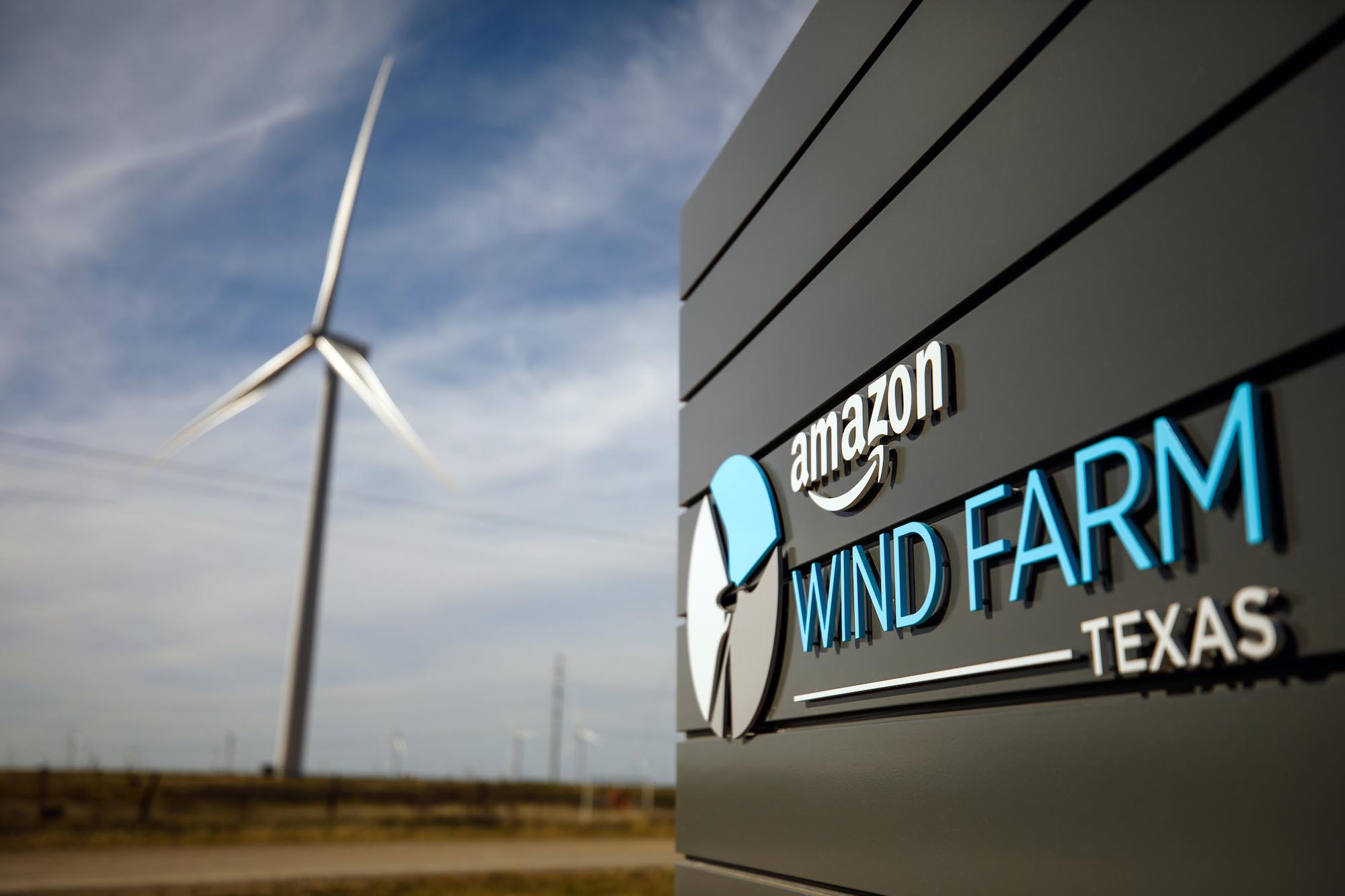Renewable energy technologies have made significant progress in recent years, and they are expected to play a crucial role in mitigating climate change and reducing our dependence on fossil fuels. As researchers and innovators continue to develop new and improved technologies, the future of renewable energy looks even more promising. In this article, we will explore some emerging technologies shaping the future of renewable energy.

Perovskite Solar Cells
Perovskite solar cells are an exciting development in the field of solar energy. These cells use perovskite materials, composed of organic and inorganic elements, as the light-absorbing layer. Perovskite solar cells have several advantages over traditional silicon-based solar cells, including lower production costs, better light absorption, and the potential for higher efficiency. Researchers are continuously working to improve the stability and durability of perovskite solar cells, making them a promising technology for the future of solar energy.
Floating Solar Farms
Floating solar farms, also known as floating photovoltaic (FPV) systems, are an innovative solution for maximizing available space for solar energy production. These systems are installed on bodies of water, such as reservoirs, lakes, and ponds, and can generate electricity without taking up valuable land resources. Floating solar farms can also be more efficient than land-based solar farms, as the cooling effect of water can help maintain optimal operating temperatures for the solar panels. This technology is still relatively new but is expected to grow rapidly in the coming years.

Advanced Wind Turbine Designs
Wind energy is already a significant contributor to the global renewable energy mix, but new and innovative wind turbine designs have the potential to make wind energy even more efficient and cost-effective. Some examples of advanced wind turbine designs include vertical-axis wind turbines, which can capture wind from any direction and are well-suited for urban environments, and airborne wind energy systems, which use tethered kites or drones to capture stronger and more consistent winds at higher altitudes. These emerging technologies could help expand the reach and potential of wind energy.
Artificial Photosynthesis
Artificial photosynthesis is a cutting-edge technology that aims to mimic the natural process of photosynthesis in plants, converting sunlight, water, and carbon dioxide into useful chemicals and fuels. Researchers are developing efficient and scalable systems for artificial photosynthesis, which could provide a sustainable and carbon-neutral energy source and help reduce greenhouse gas emissions. While still in the early stages of development, artificial photosynthesis holds significant promise for the future of renewable energy.
Marine and Hydrokinetic Energy
Marine and hydrokinetic (MHK) energy technologies harness the power of ocean waves, currents, and tides to generate electricity. MHK technologies include wave energy converters, tidal stream generators, and ocean current turbines. These systems have the potential to provide a significant amount of clean and reliable energy, especially in coastal regions. Challenges such as high costs, environmental impacts, and grid integration need to be addressed, but ongoing research and development are expected to improve the viability of MHK technologies.
Enhanced Geothermal Systems
Geothermal energy is a reliable and sustainable energy source that uses the Earth’s natural heat to generate electricity. Enhanced geothermal systems (EGS) are an emerging technology that could significantly expand the potential of geothermal energy. EGS involves injecting water into hot, dry rock formations deep underground, creating an artificial geothermal reservoir. This process allows geothermal energy production in areas where conventional geothermal resources are unavailable. EGS has the potential to unlock vast amounts of clean baseload power, but further research and development are needed to overcome drilling costs, reservoir creation, and environmental impacts.
Energy Storage Innovations
Energy storage is a critical component of the renewable energy landscape, as it allows for integrating intermittent sources like solar and wind into the grid. Advances in energy storage technologies are crucial for widely adopting renewable energy sources. Some emerging energy storage technologies include:
- Solid-state batteries: These batteries use solid electrolytes instead of liquid ones, offering higher energy density, better safety, and longer lifetimes than conventional lithium-ion batteries.
- Flow batteries: These batteries store energy in liquid electrolytes, which flow through a cell stack to generate electricity. Flow batteries have the potential for long-duration energy storage and can be easily scaled up for grid-scale applications.
- Liquid air energy storage (LAES): LAES systems store energy by compressing and cooling air to a liquid state, then releasing the stored energy by expanding the liquid air back into a gas, which drives a turbine to generate electricity. LAES offers long-duration storage, zero emissions, and can be deployed at scale.
Hydrogen Fuel Cells
Hydrogen fuel cells are another promising technology for the future of renewable energy. Fuel cells generate electricity by converting hydrogen and oxygen into water through electrochemical processes, producing only water vapor as a byproduct. Hydrogen can be produced from renewable energy sources, making it a clean and sustainable energy carrier. Hydrogen fuel cells have applications in transportation, stationary power generation, and energy storage, and ongoing research aims to improve their efficiency, durability, and cost-effectiveness.
Wrapping Up
The future of renewable energy is undoubtedly bright, with numerous emerging technologies poised to significantly impact how we generate and consume energy. From advances in solar and wind power to breakthroughs in energy storage and innovative new concepts like artificial photosynthesis, these developments hold the key to a cleaner, more sustainable, and more energy-efficient future. As researchers and innovators continue to push the boundaries of what is possible, the potential of renewable energy will only continue to grow.


